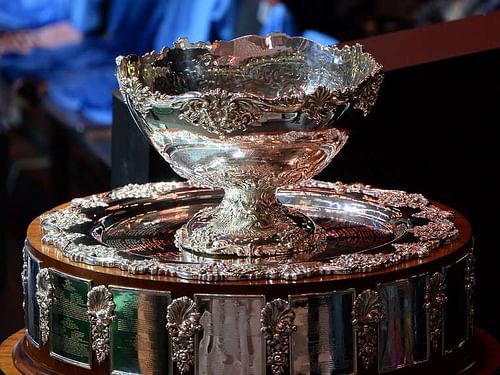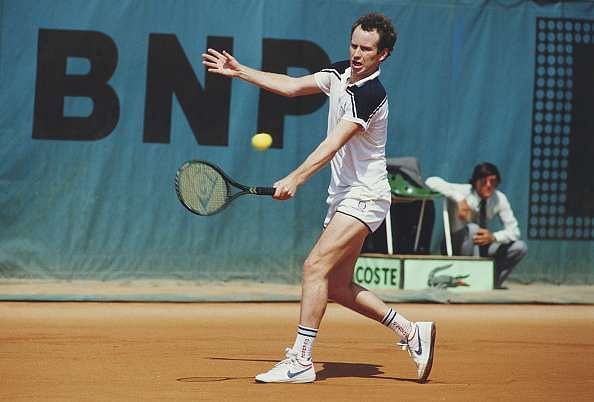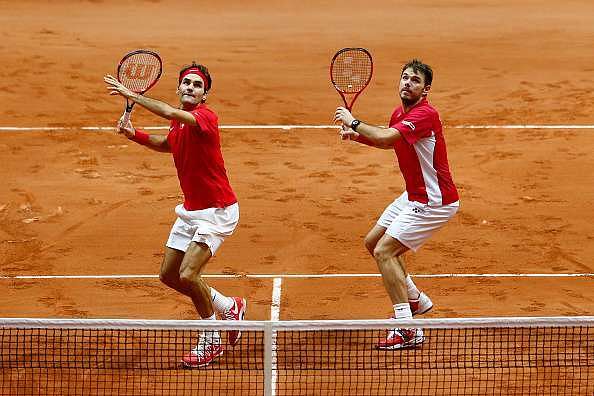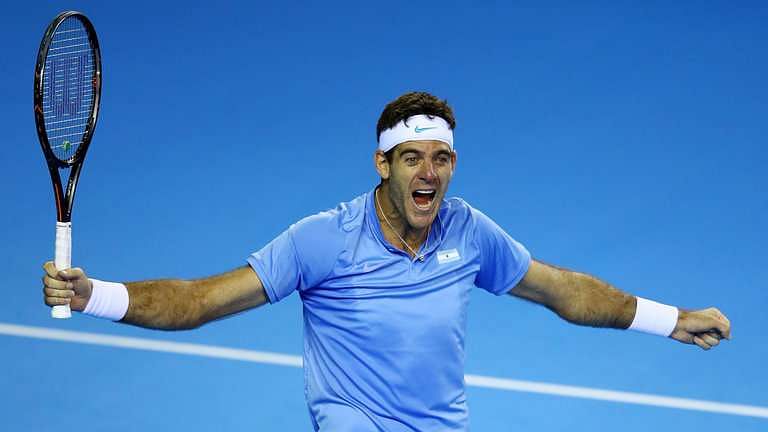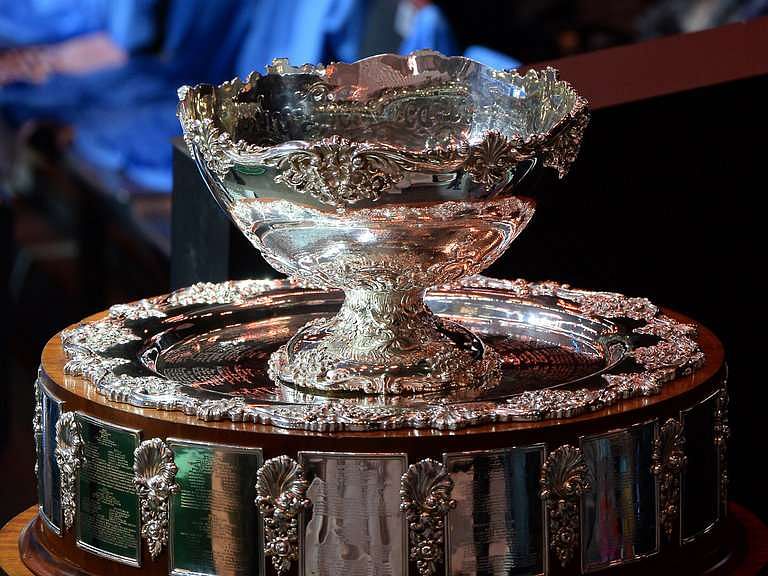
Davis Cup: No longer the World Cup of tennis
The Davis Cup website calls itself the ‘World Cup’ of tennis. It is supposedly the premier international event in men’s tennis but you will rarely find the sport’s best players on the court representing their countries in a Davis Cup rubber. Nations regularly put forth second-tier teams while the famous names stay away.
Such a situation is somewhat unique to tennis compared with other sports. Cristiano Ronaldo probably dreams every night of lifting the football World Cup trophy for Portugal. Virat Kohli would give away all his sponsorships for a chance to hit a century in the cricket World Cup and carry his team to victory. No achievement is considered greater.
How is it then that for tennis’ World Cup, Novak Djokovic was the only top-ten ranked player who participated in the first round of matches in February? Is it because tennis is considered an individual sport and perhaps doesn’t draw upon the same emotions of team spirit?
But golfers, who usually play individually too, come together every other year like a pack of wolves to hunt for a win in the Ryder Cup team competition. Stars in every sport love feeling the weight of a medal around their necks as they pledge their patriotism to their countries in the Olympics.
Why does the Davis Cup fail in evoking a sense of nationalistic togetherness and attract the cream of tennis? Why has it become unpopular among the players?
A gradual decline
The Davis Cup has a long 117 year history and for most of the 20th century its prestige glittered as brightly as its trophy. Every legend in tennis in the first fifty years of the competition’s existence – from Bill Tilden to Fred Perry – was a prominent player in his country’s team.
Retaining the Davis Cup for Australia through the early 1960s was as important for Rod Laver, arguably the greatest tennis player of all time, as winning Wimbledon.
Through the next two decades, the Davis Cup continued to occupy a central position on the tennis tour. John McEnroe won the Americans the title in 1978 and successfully defended it in 1979. Mats Wilander and Stefan Edberg were both a regular part of the Swedish squad and helped their nation reach the finals seven times in the 1980s.
But the metaphorical tide had started to turn.
The Davis Cup differs from most other tournaments as it takes place throughout the year. Players have to commit their time not just for a continuous week-long stretch but for multiple weekends separated by months in between. As the tennis calendar became more crowded and competitive, the management of schedules became almost as important as the tournaments themselves.
Players began playing one round of Davis Cup rubbers and skipping the others so that they could conserve energy levels. In 1987, neither Jimmy Connors nor McEnroe represented the USA in the first round. Ivan Lendl did not play at all, while Pat Cash only made himself available for doubles at the semi-final stage.
India was a surprise beneficiary of the absence of these top players from the competition and Vijay Amritraj and Ramesh Krishnan found themselves beating half-strength teams. They reached the finals before being whitewashed 0-5 by Sweden.
Absences continued in the next few years and led to many such topsy-turvy results. Andrea Gaudenzi and Davide Sanguinetti, two players who have more losses than wins in their career records, won the title for Italy in 1998. Each time a less deserving team lifted the trophy, the tournament lost some more of its past aura.
The decline fed upon itself, with the absence of players resulting in lower popularity amongst fans and the loss of fans reducing the motivation levels for the players themselves.
Changes in the format
The current situation is dire for the tournament that was once considered the crown jewel of the tennis tour. The top players have all publicly said they want to represent their countries but the strain it puts on their schedule is too prohibitive. Roger Federer played every round for Switerland only in 2014, when he decided he wanted the trophy to join the others on his mantel.
But the farcical nature of Davis Cup these days was very evident only a few months later. Federer and Stan Wawrinka skipped the tournament in 2015 and Switzerland lost in the first round. This has been a common pattern over the last decade and the International Tennis Federation (ITF) has finally turned its attention to the crisis. Rule changes have been proposed.
If the modifications are approved by a vote in August, the Davis Cups matches will be reduced to a three-set format instead of the current best-of-five sets. The finals will be held at a neutral venue chosen months in advance to allow the organisers the time to put up a popular and profitable show.
Paul Haggerty, the president of the ITF, believes the changes will "increase top player participation and enhance the experience for the fans" but Rafael Nadal isn't convinced. He doesn't believe the Davis Cup should be an annual tournament, saying it is impossible for the players to invest in it emotionally year after year.
An alternate solution
It is clear that Nadal has a point. The premier tournaments for most sports are held once every four years. If anyone set about designing a tennis World Cup considering only the present appetite and schedules, they certanly would not propose an annual tournament.
One obvious way to increase the desirability of a trophy is to make it inaccessible. If in the course of a decade long career, a top tennis player knows he will only be able to play in the Davis Cup twice, he will make every effort to make himself available.
The tournament could be held once every four years at multiple venues in a chosen country across a period of two weeks. A gap - similar to the Olympics - could be especially created for it in the tour calendar.
It is a template common to other sports and one that fans easily understand. The winners would hold the trophy for four years, instead returning it in three months as they do now.
The format would remain extended to five sets, for that gives the tournament exclusivity and gravitas. It is instantly placed on par with the Grand Slams and cannot be confused to be just another ATP 500.
Remember that in the 2016 Davis Cup finals, Juan Martin del Potro recovered from two sets down to beat Marin Cilic. It was a match that would long be remembered but it was also a match that wouldn’t have been possible in three sets.
More than anything else, a tournament needs memories. It feeds on nostalgia. And nothing in tennis is more memorable than a heroic five-set comeback.
